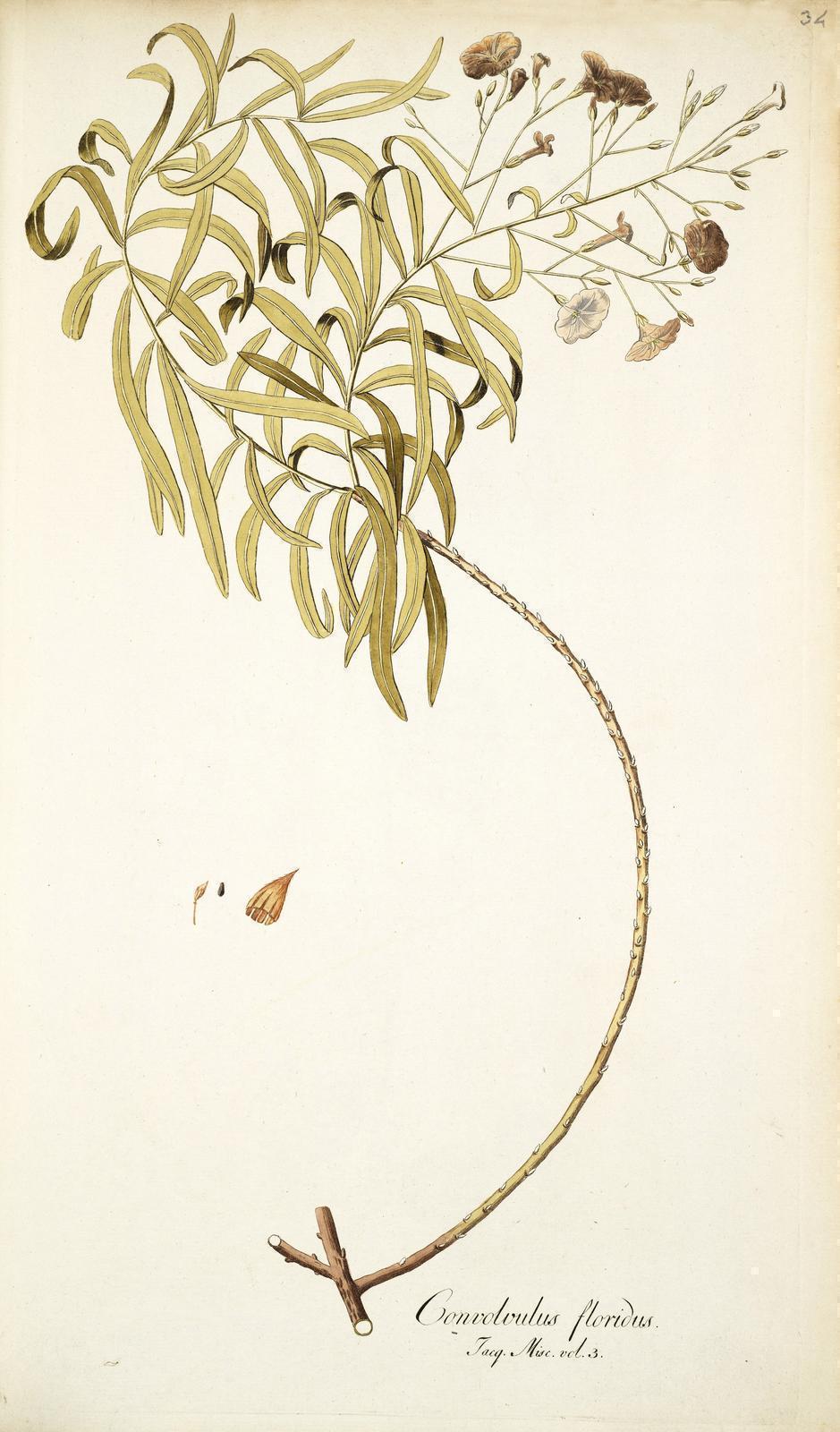Convolvulus floridus L.
ConvolvulaceaeEl género Convolvulus toma su nombre del latín convolvere (enredar), y engloba a unas 250 especies de plantas y pequeños arbustos distribuidos por todo el globo. El epíteto específico alude a la floración abundante y duradera de esta especie, que es además la que alcanza un mayor tamaño de todo el género.
Esta especie es endémica del archipiélago canario, presente en todas las islas, aunque con mayor profusión en Gran Canaria, Tenerife, La Palma y La Gomera. Es propia de las zonas abiertas y secas del bosque termófilo, con preferencia por suelos pedregosos y laderas algo secas, presente también en el cardonal-tabaibal, gustando del sol. La variabilidad morfológica (sobre todo de sus flores y hojas) han llevado a definir hasta cuatro variedades: var. floridus (en todas las islas), var. angustifolius (Gran Canaria, Tenerife, La Gomera y La Palma), var. densiflorus (Tenerife y La Gomera) y var. virgatus (Gran Canaria y Tenerife).
Las flores son generalmente blancas, aunque pueden tener tonos rosados, y apareciendo en panículas terminales de gran atractivo visual y duraderas. Por eso, y su rudeza, se utiliza como ornamental.
Procedencia
AfricanoCalendario
Hábitat
Morfología
 Arbusto
Arbusto
 Ovoidal
Ovoidal
 Simple
Simple
 Lineal
Lineal
 Oblonga
Oblonga
 Alterna
Alterna
 Entero
Entero
 Atenuada
Atenuada
 Obtuso
Obtuso
 Agudo
Agudo
 Perenne
Perenne

 Powered by
Powered by